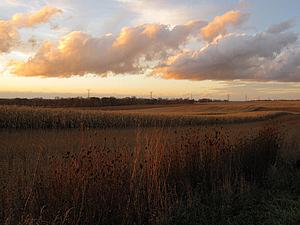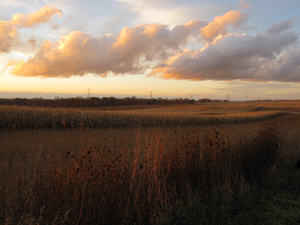SXSW Interactive Story Idea: Think about the rural digital divide when covering health reform

 My first panel at SXSW Interactive wasn't a whiz-bang-gadget conversation, but one that spurred great thinking on communities that don't necessarily have access to high-speed broadband Internet.
My first panel at SXSW Interactive wasn't a whiz-bang-gadget conversation, but one that spurred great thinking on communities that don't necessarily have access to high-speed broadband Internet.
"Popping Your Bubble: Stories of the Digital Divide" featured panelists from the Chickasaw and Menominee Nations who explained the barriers and potential for tribal communities to benefit from Internet access and online literacy. Dee Davis, president of the Center for Rural Strategies, based in Whitesburg, Kentucky, said something that really got me thinking. He said that broadband access is critical to the success of health care reform in rural areas.
The key to understanding health care reform, he said, is to understand that the ideas behind it work in urban and suburban communities. The Affordable Care Act is designed to better fund prevention efforts, to keep people healthy rather than just pay for when they get sick.
The system would work better in places where there are health management organizations and large hospitals, Davis says. The challenges for rural clinics and hospitals are the costs of referrals and moving people far distanaces for care. Davis argued that new technology and access can help cut the cost of monitoring chronic conditions and traveling for care.
I pulled him aside after the panel to better understand his point. The new priorities for paying health care providers depend on having a critical mass of patients. It can be successful in rural communities but cost can often be prohibitive. Technology, Davis said, offers the promise for better health care information and better monitoring, but could also help change these cost dynamics.
Here's an example: An urban center has a very large hospital with a lot of beds to fill. The people who own the hospital are aggressive in buying up smaller health organizations in rural areas, in part to bring patients over far distances to fill the beds in the larger hospital. This is not only taxing on the people who need care, but also puts rural communities at an economic disadvantage.
"If three quarters of health costs are primary care, keeping people healthy, if rural communities can provide that health care, that's a real gain for them," Davis said. "Our communities miss out on a real economic engine."
Providing health care locally, even in small places, can be an economic boon. Technology can make it feasible.
"We tend to think that rural health care is passé or inferior or that the technology or systems have passed us by, but the reality is that there's a lot invention, cooperation and potential for providing better health care in rural communities," Davis said.
Want to contact Dee Davis for your next rural health care story? Reach him at dee@ruralstrategies.org and follow him on Twitter @ruralstrategies. And share your rural health coverage in comments. You can also check out our tips for rural health reporting. Read more from SXSW Interactive.
Here's more about the panel, Storified by Rhodri ap Dyfrig, who was also in the audience:
[View the story "#sxsw #dgtldiv Popping Your Bubble: Stories of the Digital Divide" on Storify]Photo credit: wattpublishing via Flickr

